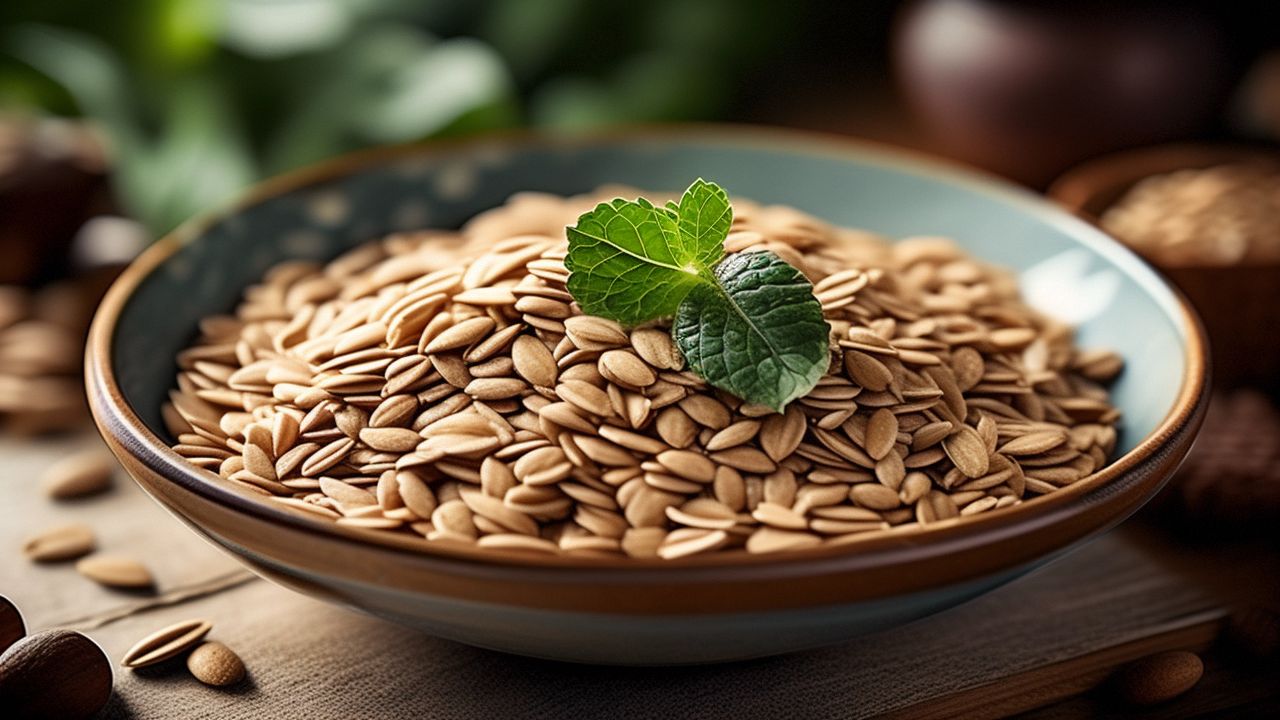How to reduce blood lipid for patients with high blood lipid?
Reduce blood lipid:
High blood lipid is a “silent killer” that poses a significant threat to human health. Therefore, maintaining normal blood lipid levels can greatly reduce the risk of fatal diseases such as coronary heart disease, stroke, myocardial infarction, and significantly decrease the incidence of hypertension, diabetes, fatty liver, liver cirrhosis, and pancreatitis.
Medical experts believe that there are three criteria for starting treatment in patients with high blood lipid: 1) Cholesterol ≥ 6.24mmol/L and low-density lipoprotein ≥ 4.16mmol/L in individuals without coronary heart disease; 2) Cholesterol ≥ 5.72mmol/L and low-density lipoprotein ≥ 3.64mmol/L in individuals with coronary heart disease; 3) Cholesterol ≥ 4.68mmol/L and low-density lipoprotein ≥ 2.60mmol/L in individuals with coronary heart disease and arteriosclerosis. The specific measures for reducing blood lipid in patients with high blood lipid depend on the individual situation and generally involve two steps in treatment.

Non-drug treatment
Developing good living habits is the key to lowering blood lipid levels. Patients with high blood lipid levels can reduce blood lipid levels through daily life adjustments, including limiting dietary intake and increasing physical activity to ensure consumption exceeds intake. They should also pay attention to a low-sugar, low-fat, high-fiber diet and limit alcohol consumption. Adding healthy foods such as hawthorn, black fungus, mushrooms, oats, garlic, soybeans, tea, and seaweed to the diet can help lower blood lipid levels.
Drug therapy
There are various types of lipid-lowering drugs with different pharmacological effects. The choice depends on the type of lipid abnormalities and the types of underlying diseases in patients. Additionally, since cholesterol synthesis in the human body occurs at around 2-3 a.m., taking cholesterol-lowering drugs before bedtime is more effective. Patients need to have their blood lipids, liver and kidney function, and creatine kinase checked after every two months of treatment. Adjust the dosage based on changes in blood lipids, and closely monitor for potential adverse reactions such as liver, kidney, and muscle damage.
Can eating small meals frequently reduce blood lipid levels?
Many people believe that eating small meals frequently can lower high blood lipid levels. However, experts point out that for patients with high blood lipid levels, it is more important to establish a reasonable diet based on the type of increased blood lipid levels, eat the right foods, and strictly avoid unnecessary ones. On this basis, practicing eating small meals frequently and ensuring that each meal is not excessive can be beneficial for lowering high blood lipid levels. However, relying solely on frequent small meals is overly simplistic.
Only those with high cholesterol and normal triglycerides should limit cholesterol intake in their diets. Avoid or eat less food containing cholesterol. Some foods with relatively low cholesterol, such as lean pork, beef, chicken, and fish, can be eaten in moderation to supplement nutrients.
For those with high triglycerides but normal cholesterol, first, limit food intake and increase physical activity to reduce weight, especially waist circumference, to a normal range. Second, strictly control carbohydrate intake. Third, quit drinking because long-term high ethanol (alcohol) concentration in blood can increase triglyceride levels.
For those with both high blood cholesterol and high triglycerides, experts recommend strict diet control, including limiting high-cholesterol foods, losing weight, and quitting drinking.




